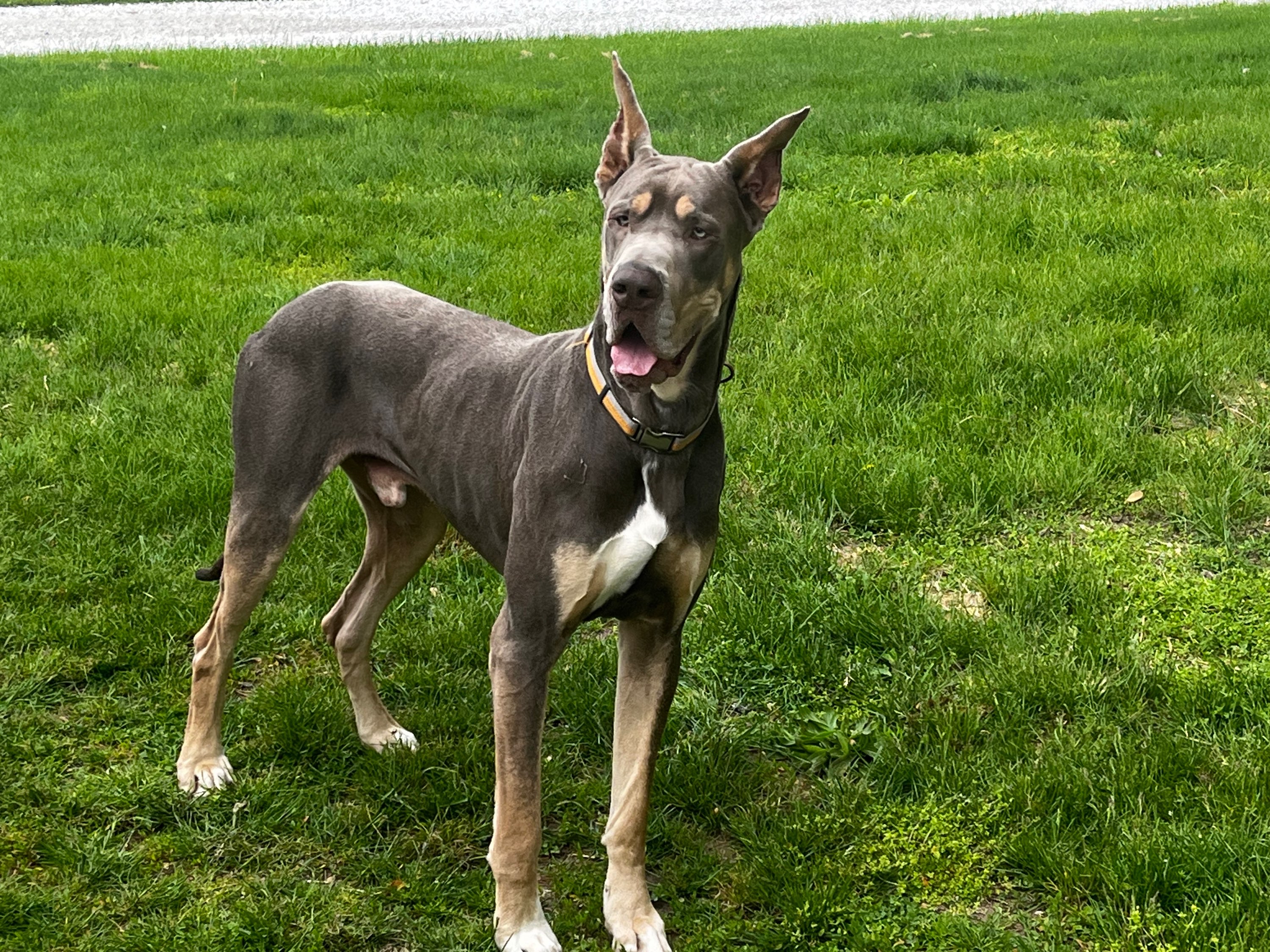The Life-Saving Work of Dog Blood Banks
- Heather Grabbe
- May 25, 2022
- 3 min read
Not a substitute for professional veterinary help.
Just like us humans, dogs can suffer injuries or illnesses that require a little hemo-help. Dog blood banks are probably something you’ll never even think of until you’re in desperate need of one—but they can make all the difference in moments of need.
Read on to learn more about the remarkable work dog blood banks do and how you and your dog can help.

What Is a Dog Blood Bank?
No dog owner wants to encounter a situation in which their pup requires a blood transfusion, but, illnesses like Parvovirus (which can sometimes necessitate a blood transfusion), can strike when you least expect them. Whether your doggy inadvertently gets in a rough-and-tumble brawl with another dog, develops an infection, is diagnosed with certain types of cancer, or suffers from anemia, canine blood banks are crucial and often life-saving.
Canine blood banks aren’t nearly as common as human blood banks, but nonprofits like HemoPetare trying to make it easier for dogs to access blood when they need it.
Dog Blood Groups: Why They Matter
For people, it’s important that a person needing blood receive a type that is compatible with their own. Ideally, most post people can accept O-, which is the universal donor blood type, and people with AB+ are considered universal recipients. Similarly, dogs also require receiving blood that is compatible with theirs—but it’s a little trickier.
According to the AKC Canine Health Foundation, there are at least 12 different dog blood types, or blood groups, as they are commonly called in the veterinary world. Some are more common than others, and there is even a universal donor blood group. So, depending on your dog’s size and blood type, your pup could end up being a lifesaver to a dog or dogs in need—and “the need is constant,” the AKC’s Canine Healthy Foundation reports.
Your vet can perform blood work to determine which blood group your dog belongs to.

How Do Dog Blood Banks Work?
Donating dog blood varies from institution to institution. But, looking through procedures at various blood banks, these are the general steps:
Prior to collection, dogs receive a physical exam, as well as blood work to determine blood group, and screen for any infections or diseases which could disqualify them as donors.
The neck is the most common spot for blood collection as it is expedient. A small patch will be shaved and cleaned for placement of the needle. Collection times generally vary between 10–30 minutes. Some clinics use sedation while others do not.
Dogs are comforted during the process with hugs, pets, and positive words to help keep them calm.
Much like people, dogs will receive a bandage over the point of needle insertion afterward, plus many blood banks offer treats, toys, and other rewards for participating.
Blood is properly transported and stored for usage for a compatible recipient.
Recipients typically receive blood product intravenously during transfusion. Recipient dogs have vitals monitored and are watched for signs of rejection during and after the transfusion to ensure compatibility is a success.
“Just like people, when pets need surgery, they often need transfusions of blood or they might die.” — The Humane Society
According to HemoPet, dog blood has a shelf life of up to 28 days, making the need for consistent donors all the more important. Some clinics will require your dog to donate over a given period of time to participate.

How Can Your Dog Become a Donor?
Being a doggy volunteer blood donor is a wonderful thing that can help save lives, especially if your dog is in the universal blood group.
Before becoming a donor, be sure to check ahead with your dog blood bank to ensure your dog is within their age, weight, and size requirements, which can vary by institution. Temperament also matters. Your dog must be well behaved, confident and calm, and good with strangers to ensure the blood collecting process is as smooth as possible for them and the veterinary staff involved.
As mentioned above, before your dog can give blood, they’ll need some blood taken for testing. These tests will determine if he or she is free of any infections or diseases that could be potentially passed on. The AKC Canine Health Foundationnotes that your dog must also be off medications (save for flea, tick, and heartworm treatments) with no history of previous transfusions to qualify.
If your dog is a good candidate for blood donation, your generous, platelet-donating pup can safely give blood generally every 8 weeks, depending on your dog’s weight and size.
Not only will you feel great about doing your part to make dogs’ lives everywhere better, but these clinics may offer incentives like free food, lifetime blood transfusions (if needed), or other veterinary services. It just may be a win-win—for you, your dog, and potential recipients.




Comments